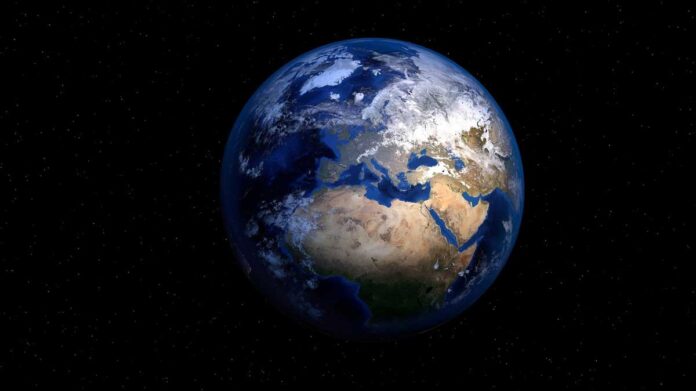A team of Université Clermont Auvergne researchers, in collaboration with a colleague from Universität Bayreuth, discovered evidence that suggests the Earth’s composition changed over time during its early years due to collisional erosion. The group describes their study of the amounts of samarium and neodymium in meteorites and what it revealed about the processes that led to the Earth’s current composition in a paper published in the journal Science. Zo Malka Leinhardt of the University of Bristol published a Perspective piece in the same journal issue outlining theories about Earth formation and the team’s work on this new effort.
Previous research has suggested that planets form as a result of material colliding in accretion discs that form around stars during their early years. The characteristics of such collisions, such as their tilt angle, are thought to play a role in the resulting makeup of the planets. Prior research has also revealed that Earth has an iron and nickel core surrounded by a layer of iron silicate mixed with magnesium. The top layer is described as a silicate layer. The density of the material decreases from the core to the crust, making the crust more vulnerable during collisions, according to Leinhardt.
Prior research has also revealed a mystery: why do heavier minerals exist in the crust? According to one theory, they may have been pushed upward due to incompatibilities with other materials. Unfortunately, these theories do not explain why some minerals, such as neodymium, are found in greater quantities in the crust than they should be based on how much can be measured in the core.
To explain this anomaly, three major theories have been developed. One theory holds that it is an illusion, and that there is more of it in the core than can be measured. Another theory is that it is due to differences in the makeup of material from the accretion disc. The third hypothesis proposes that as heavier materials were pushed up and accumulated in the crust, some were thrown into space during new collisions.
The researchers discovered evidence supporting the third theory in this new effort. They measured the amounts of neodymium in meteorites, assuming they were similar in composition to Earth’s building blocks, and discovered that collisions could have removed up to 20% of the Earth’s outer layers, explaining the ratio of heavy minerals such as neodymium in the crust compared to other, lighter minerals such as samarium.

